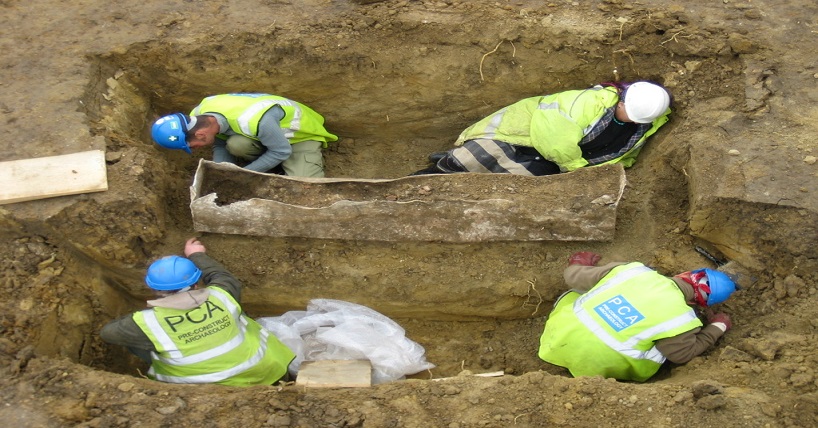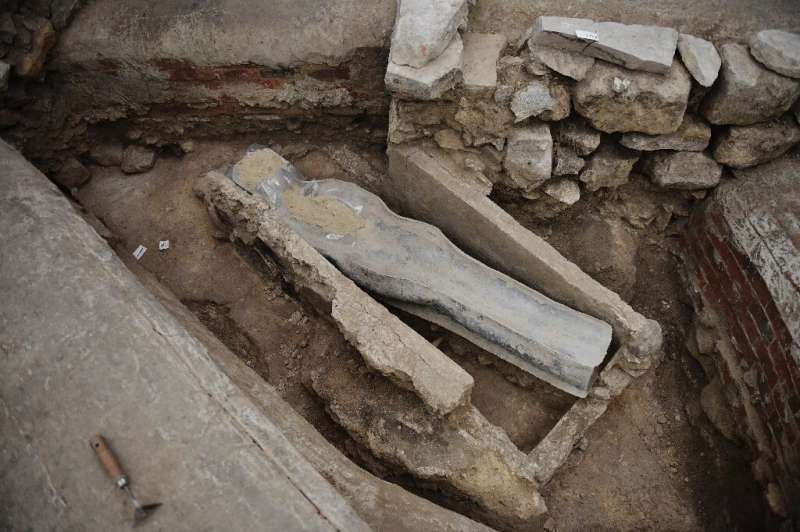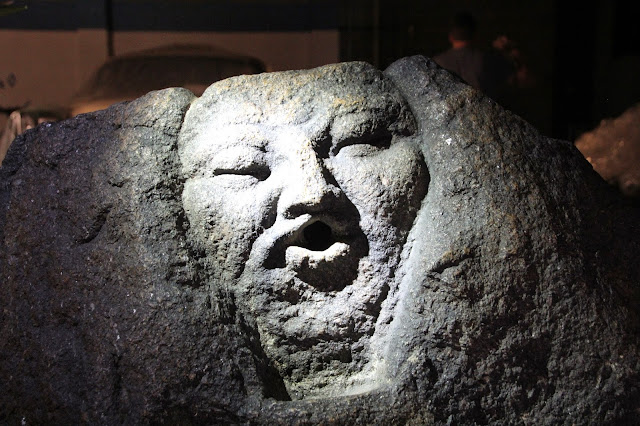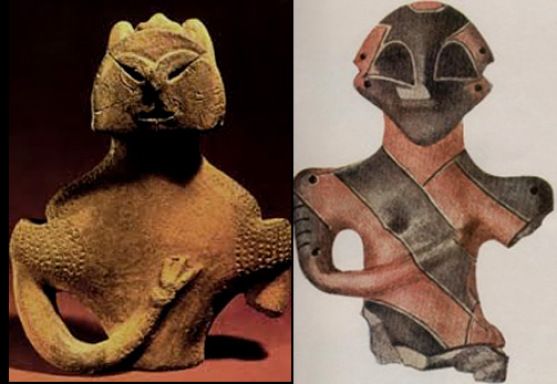The largest Aztec temple was decorated with over 100 starfish
Aztec priests at Tenochtitlán offered a whole galaxy of starfish to the war god Huitzilopochtli 700 years ago, along with a trove of other objects from the distant edges of the Aztec Empire. Archaeologists from Mexico’s National Institute of Anthropology and History (INAH) recently unearthed the offering on the site of the Templo Mayor, the main temple in the Aztec capital of Tenochtitlán, in what is now Mexico City.

Ahuizotl, coast to coast
The offering included 164 starfish from a species called Nidorella armata, known less formally as the chocolate chip starfish because it’s mostly the colour of cookie dough, but it has dark spots. (It shares the nickname with the other chocolate chip sea star, Protoreaster nodosus, which provides an excellent argument in favour of scientific names.) Nidorella armata lives along the Pacific coastline from Mexico south to Peru, where it hangs out on shallow-water reefs of rock and coral.
For Tenochtitlán, the nearest source of chocolate chip starfish would have been nearly 300 kilometres away from the Aztec capital. Chunks of coral found in the same offering came from about the same distance away but in roughly the opposite direction—the western end of the Gulf of Mexico. At the time, these items came from the farthest eastern and western edges of the Aztec Empire, places that the Aztec ruler Ahuizotl had only recently conquered.
Ahuizotl took the throne in 1486, and he jumped straight into two major projects: renovating the capital, including the Templo Mayor, and expanding the borders of his empire. His campaigns nearly doubled the size of the Aztec Empire, stretching Aztec rule west to the Pacific coast of Mexico and southeast to Guatemala. All that conquest meant that the Aztecs could easily bring starfish from the Pacific and corals from the Gulf of Mexico, along with an assortment of marine shells (and even pufferfish) to Tenochtitlán to lay before their gods.
Conquistadors ruin everything
Back in the capital, Ahuizotl ordered the reconstruction of large parts of the city. His efforts included expanding the Templo Mayor, which in Aztec terms meant building a new, bigger outer layer over the top of the previous temple. (The prior construction was often ritually “killed” before the new one could be consecrated.) That’s convenient for modern archaeologists, who can date each layer of construction at the Templo Mayor.
The oldest part of the temple dates to around 1325, when a group of people called the Mexica migrated into the area surrounding what is now Mexico City. There, according to Mexica lore, their leaders saw an eagle perched on a prickly pear and eating a snake; it was the sign their priests had told them to expect from Huitzilopochtli, and it’s an image you might recognize from the modern Mexican flag. At the site, the Mexica built a city called Tenochtitlán, and from there, they ruled the Aztec Empire.
Huitzilopochtli shared the Templo Mayor with the rain and farming god Tlaloc; each god had his own shrine at the top of the pyramid, reached by separate staircases. Ahuizotl’s expansion, where archaeologists found the starfish offering, is the sixth layer of the Templo Mayor. Only one more layer would be added before the temple’s destruction.
Ahuizotl was the eighth ruler of the Aztec Empire and the last to rule before the Spanish conquistadors, led by Hernán Cortés, arrived and changed everything. Cortés arrived during the reign of Ahuizotl’s nephew, Moctezuma II, who died fighting the invaders. Moctezuma’s brother, who took the throne next, died of smallpox, a disease brought by the Spaniards. The throne passed to Ahuizotl’s son, Cuauhtémoc, who surrendered to Cortés in 1521, only to be tortured for the whereabouts of mostly nonexistent gold and silver. Cortés had Cuauhtémoc, the last ruler of the Aztec Empire, executed in 1525.
Seashells for the war god
By the time Ahuizotl’s son died, Cortés had already destroyed the Templo Mayor and had begun building a Christian cathedral in its place. Archaeologists rediscovered the buried remains of the temple in the 20th century, and they soon found that most of the seventh and final layer was too demolished to learn much from. The last well-preserved layer of the temple was the one Ahuizotl ordered built-in 1487. And that’s where archaeologists discovered the galaxy of starfish that the Aztec priests had once offered to Huitzilopochtli.
The offering had been placed in a round building called the Cuauhxicalco, which might have been where the remains of rulers like Ahuizotl were cremated. It’s in a part of the temple usually associated with Huitzilopochtli, based on historical descriptions and other archaeological finds, so archaeologists suggest that the starfish and other items were probably offerings to the war god.
Along with the starfish, seashells, and pufferfish, the offering included a resin figurine and a female jaguar holding an atlatl (a type of spear-thrower) in one claw.
This find is not the first time archaeologists working at the Templo Mayor site have found starfish among the offerings, but it’s the largest collection unearthed so far. And many of the starfish are larger than their modern descendants because global warming and centuries of harvesting by humans have caused the species to evolve toward a smaller body size.
One starfish, in particular, left behind a fossil-like imprint of not only its shape but its internal structures.
“It was, perhaps, one of the first stars that the Mexica priests placed in the offering, so when receiving the weight of the jaguar and all the elements, it sank into what is believed to be a layer of fibre below it, preserving the mark of its internal structure,” explained INAH in a press release. “This situation is unusual since the remains of the other 163 stars are scattered, due to the natural loss of their organic matter.”
Side note: What’s in a name?
If the name Ahuizotl sounds familiar to you and you’re not a student of Aztec history, you’re probably a My Little Pony fan or a tabletop RPG player. The Aztec ruler took his name from the name of a mythical creature that lived near lakes and in swamps. Reportedly, the creature looked a bit like a dog, except with monkey-like hands (including one at the end of its tail) and spiky fur. It also reportedly killed one of Cortés’ soldiers.
Dungeons and Dragons and Pathfinder both feature swamp-dwelling creatures called Ahuizotl, which bear a passing resemblance to the creature of Mexica legend. And a recurring villain in My Little Pony: Friendship Is Magic was a dog-like, spiky-furred character named Ahuizotl. Now you know.
And knowing, after all, is half the battle.





























